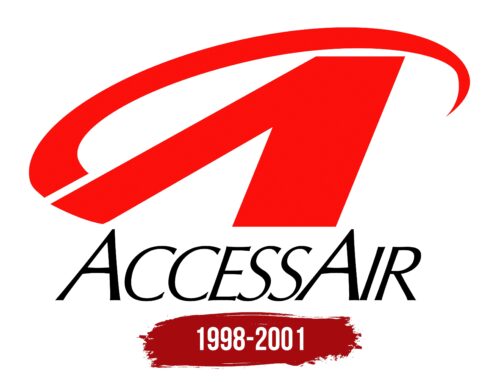AccessAir: Brand overview
AccessAir was founded in 1998 by Richard Miki and a team of aviation experts in Des Moines, Iowa. Their mission was to provide affordable and accessible flights connecting Des Moines to other important cities across the Midwest. They chose Des Moines International Airport as their hub, leveraging its central location to facilitate growth. The company started with four Boeing 737-200 aircraft, leasing them to kickstart operations.
By February 1999, AccessAir had launched its first flights to Chicago and Colorado Springs, positioning itself as a user-friendly option with competitive fares and convenient schedules. It quickly added routes to Kansas City, St. Louis, and Omaha and rolled out a loyalty program to attract regular travelers. Despite these promising developments, AccessAir faced fierce competition from larger airlines like American Airlines and United Airlines, which affected its ability to attract passengers.
Technical issues with the aging Boeing 737-200s led to frequent flight delays, increasing passenger dissatisfaction. Rising fuel prices and an inefficient route network strained the airline’s profitability. In response, AccessAir reduced its route network in the late 1990s, dropping unprofitable routes and focusing on more lucrative markets. It tried to modernize its fleet by leasing newer, fuel-efficient aircraft.
Despite restructuring efforts, AccessAir’s financial situation deteriorated, and by February 2001, the airline was forced into bankruptcy and ceased all operations. This closure impacted Des Moines and the surrounding communities that had relied on its services.
The story of AccessAir, which lasted only three years, provides a poignant lesson on the challenges regional airlines face, including fierce competition and market conditions. It emphasizes the importance of maintaining efficient operations and adapting to changing economic conditions in the aviation industry. AccessAir’s attempts to provide accessible regional air travel and its subsequent challenges and closure remind us of the dynamic nature of the aviation sector.
Meaning and History
What is AccessAir?
It was an American airline whose goal was to provide affordable air travel options, primarily focusing on underserved markets in the Midwest. The airline’s fleet of aircraft was designed to connect small towns with major transport hubs, offering passengers convenient travel solutions. The company encountered operational problems and eventually went out of business.
1998 – 2001
The stylized letter “A” in the AccessAir logo consists of two wide diagonals connected to a curved bar, making the letter “A” resemble the “@” symbol. The ascending line symbolizes flight, progress, and advancement, reflecting the company’s connection to the aviation industry and efficient customer service. The red color signifies dynamism. The brand name in black complements the graphic symbol. The lettering is at the bottom, typed in capital letters with an enlarged “A.” The thin, italic font creates a sense of movement.
The upward-pointing line in the stylized letter “A” represents a commitment to achieving high standards in aviation services. Using red in the logo is a powerful visual signal of the energy and passion essential to the rapidly growing aviation sector. The italic font creates a sense of movement and brings a modern aesthetic to the brand’s visual identity. The choice of bold, capitalized letters for the brand name enhances the logo’s impact, making it clear and easy to read.
The unique design of the letter “A,” with its wide diagonals and curved bar, gives the logo a distinctive and recognizable look. The integration of the “@” symbol within the letter “A” suggests connectivity and modernity, aligning with the values of a contemporary airline. The red color used for the letter “A” conveys a sense of urgency and vitality, capturing the essence of dynamic and forward-moving aviation services. The thin, italicized font used for the brand name enhances this perception of motion and progress, giving the overall logo a sleek and energetic feel.





